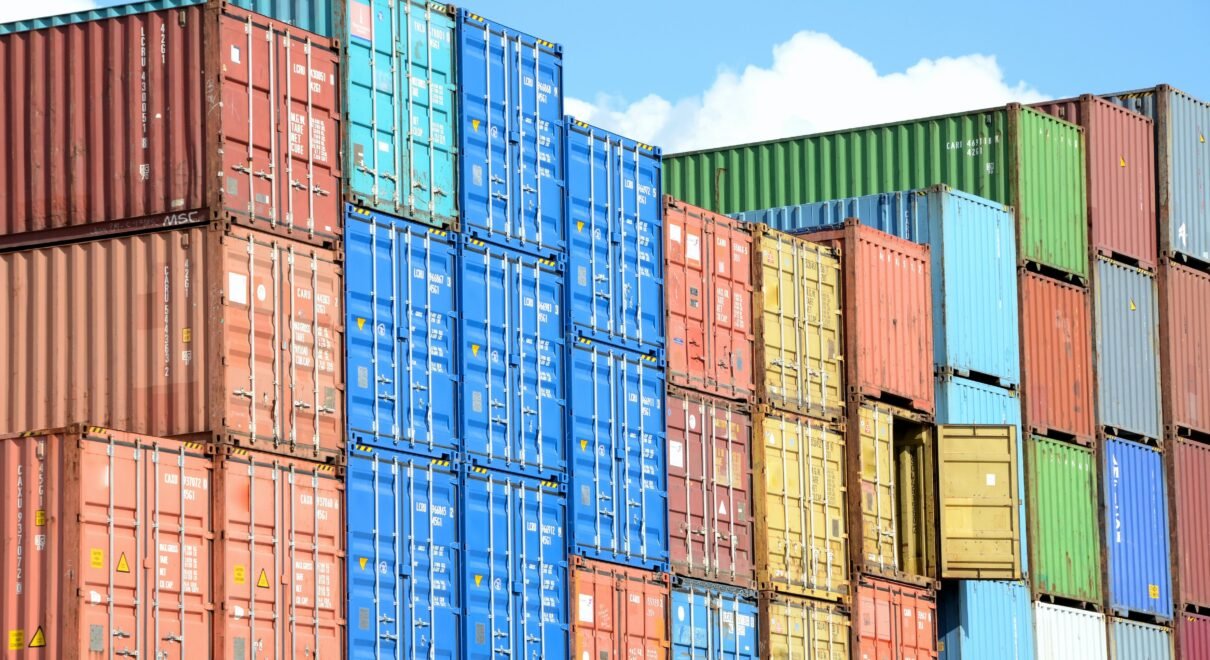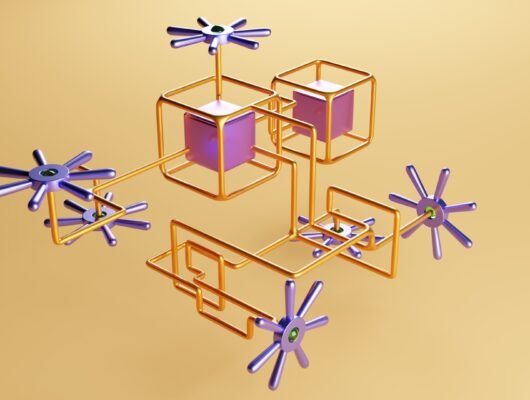In the fast-evolving world of enterprise technology, staying competitive means staying modern. Application modernization has become a strategic necessity, enabling businesses to adapt, scale, and innovate in response to changing user needs. But in the quest for modernization, one question often arises: Serverless or Containers?
This blog post aims to shed light on the ongoing debate between serverless computing and containerization, offering insights that can guide technology leaders, software architects, and engineering directors as they make critical decisions about their modernization journey. We’ll compare and contrast these two technologies, dive into key use case scenarios, and ultimately, help you choose the right path for your enterprise.
The Modernization Imperative
Before we embark on the comparison, it’s crucial to understand the overarching necessity driving modernization. In today’s digital landscape, staying competitive isn’t just about having the latest tech; it’s about being agile, cost-effective, and highly responsive to user demands. Modernization, at its core, means transforming applications, infrastructure, and processes to meet these demands.
But the modernization journey isn’t a one-size-fits-all. Depending on your business goals and specific application needs, you might find serverless or containers to be the right choice. Let’s dive deeper into each.
Serverless Computing
Serverless computing is a cloud computing model that abstracts the underlying infrastructure, enabling developers to focus solely on writing code. In this environment, code is executed in response to events, and you’re billed only for the computing resources used during execution. Here’s a closer look at the serverless model.
Benefits of Serverless
- Cost-Efficiency: Serverless offers a “pay-as-you-go” pricing model, where you’re only billed for the actual execution time. This can result in significant cost savings, especially for sporadically used applications.
- Simplified Scalability: Serverless platforms automatically handle application scaling. No need to provision or manage servers; the platform takes care of it based on the workload.
- Reduced Operational Overhead: Serverless abstracts infrastructure management, allowing development teams to focus on writing code and creating value, rather than maintaining servers.
- Faster Time-to-Market: With less infrastructure management and simplified scaling, serverless can accelerate the development and deployment of new features.
Use Cases for Serverless
- Event-Driven Applications: Serverless is ideal for applications that respond to events, such as real-time data processing, chatbots, and IoT applications.
- Microservices: Some organizations use serverless to build microservices, particularly those with intermittent workloads or unpredictable traffic.
- Prototyping and Testing: For rapidly prototyping new ideas and testing functionality, serverless can provide a cost-effective environment.
Containers
Containers, on the other hand, offer a different approach to modernization. They package an application and its dependencies together into a single unit, ensuring consistency from development to deployment. Containers are orchestrated by platforms like Kubernetes and Docker Swarm. Let’s explore their advantages.
Benefits of Containers
- Portability: Containers encapsulate everything an application needs to run, making it possible to run the same application on various environments, from development to production.
- Isolation: Containers offer strong isolation, ensuring that an application and its dependencies are self-contained, reducing conflicts and dependencies.
- Scalability: Container orchestration platforms like Kubernetes allow for automated scaling, ensuring that applications can handle traffic fluctuations efficiently.
- Flexibility: Containers are not tied to a specific programming language or framework, offering flexibility in application development.
Use Cases for Containers
- Microservices Architectures: Containers are well-suited for microservices due to their portability and scalability, making them ideal for applications with rapidly changing requirements.
- Legacy Application Modernization: For modernizing existing monolithic applications, containerization can be a stepping stone to microservices or a lift-and-shift strategy.
- DevOps Practices: Containers align seamlessly with DevOps principles, allowing for faster development, testing, and deployment.
Now that we’ve explored the individual merits of serverless and containers, let’s compare them in several key dimensions to help you make an informed decision for your modernization journey.
Serverless vs. Containers: A Comparative Analysis
Scalability
- Serverless: Serverless platforms excel in handling rapid and unpredictable spikes in traffic. They automatically scale based on demand, ensuring optimal performance. This makes them well-suited for applications with varying workloads, such as real-time data processing and event-driven apps.
- Containers: Containers also offer scalability, but it often requires manual configuration and orchestration using tools like Kubernetes. While this provides flexibility, it may not be as responsive as serverless auto-scaling for highly variable workloads.
Control and Customization
- Serverless: Serverless abstracts infrastructure, which means you have less control over the underlying environment. While this is advantageous in terms of reduced operational overhead, it might limit your ability to fine-tune the infrastructure for specific requirements.
- Containers: Containers provide more control over the environment, allowing you to customize and optimize it for your application’s unique needs. This can be beneficial when you require specific configurations or dependencies.
Cost Efficiency
- Serverless: Serverless is cost-efficient for applications with sporadic usage patterns. You pay only for the computing resources used during execution, which can result in significant cost savings.
- Containers: Containers can be cost-effective for applications with consistent workloads. However, it’s crucial to manage resources efficiently to avoid unnecessary costs.
Development Speed
- Serverless: Serverless accelerates development speed by abstracting infrastructure management. This is especially advantageous for rapidly prototyping and deploying new features.
- Containers: While containers offer speed and flexibility, they may require more development time for infrastructure management. However, this additional effort can lead to optimized performance and resource utilization.
Latency and Performance
- Serverless: Serverless platforms may introduce a slight overhead due to the event-driven nature of execution. Cold starts are also a factor when accounting for latency of serverless applications. For applications with strict low-latency requirements, this could be a consideration.
- Containers: Containers offer low-latency performance, making them suitable for applications that demand real-time processing and responsiveness.
Choosing the Right Technology: Use Cases
The choice between serverless and containers ultimately depends on your specific use case and application requirements. Let’s explore some common scenarios:
Choose Serverless When:
- Your application has highly variable workloads, with unpredictable spikes in traffic.
- You’re focused on rapid development and deployment of new features or prototypes.
- Cost efficiency is a top priority, especially for sporadically used applications.
Choose Containers When:
- Your application demands fine-tuned control and customization of the underlying infrastructure.
- Resource optimization, scalability, and low-latency performance are essential.
- You’re modernizing an existing monolithic application and planning a gradual transition to microservices.
Final Thoughts
In the dynamic world of modernization, there’s no one-size-fits-all answer. The choice between serverless and containers is a strategic decision that should align with your business goals and application requirements. It’s not about which technology is superior; it’s about which one is the right fit for your specific use case.
At Zunble, we understand that modernization is a critical journey for enterprises, and we’re here to guide you through it. Our technical expertise and experience in modernization projects can help you make the right choice and ensure a successful transition.
Are you ready to embrace modernization? Reach out to us, and let’s explore how we can empower your enterprise to thrive in the digital age.
Choosing the right technology for modernization is a pivotal decision that will impact your enterprise’s agility, performance, and cost-effectiveness. Serverless and containers both have their strengths and are valuable tools in the modernization toolbox. By understanding your use case and aligning it with the strengths of each technology, you can make an informed choice that propels your enterprise into the future of digital innovation.






